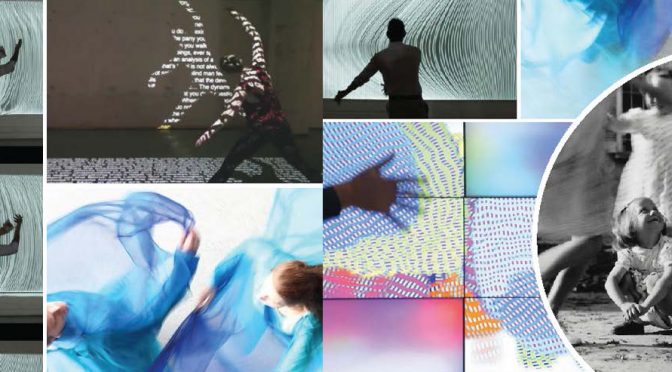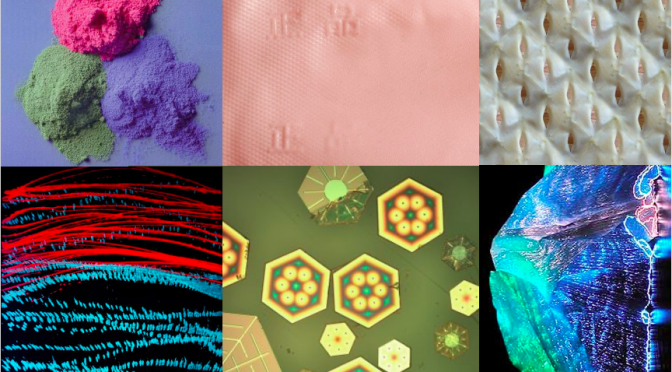Investigating the relationship between the physical and the digital dimension of new surfaces has been one of the main tasks of MADEC in the last years.
On this topic, we give our contribution to the ICS_Materials research, Design Department, Politecnico di Milano.

